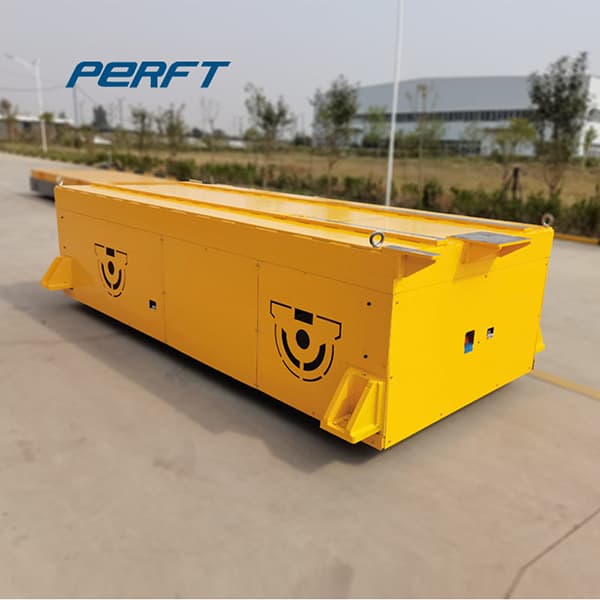
2 : Indoor Coil 3 : Return Air To Indoor Unit 4 : Supply Air From Indoor Unit 5 : Electrical Box 6 : Inter-connecting refrigerant piping lines and electrical cables between outdoor and indoor units. 7 : Condensate Drain hose 8 : Wired control ( Standard ) 9 : Display & Receiver Panel for optional wireless remote control Top Discharge Outdoor Unit 1
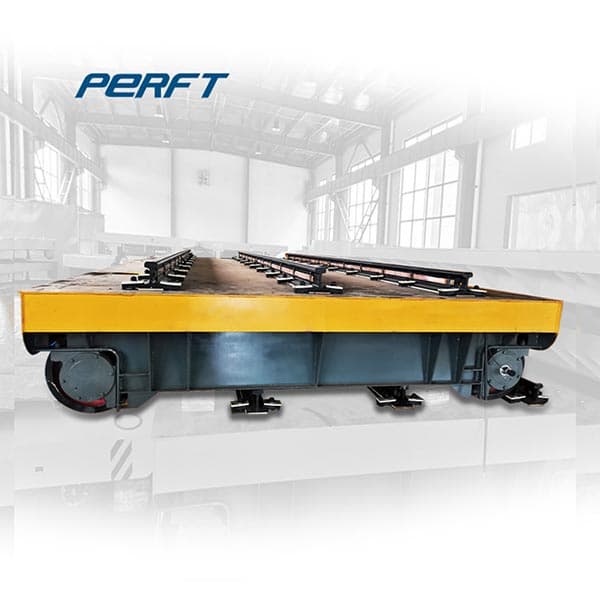
VRV Indoor Units Indoor Type Capacity Range Page MBH 7.5 09 12 18 24 30 36 42 48 54 72 96 Tons 0.6 0.75 1 1.5 2 2.5 3 3.5 4 4.5 6 8 Ducted Vertical air handling unit (horizontal RHS is possible) FXTQ_PAVJU 4 DC ducted concealed ceiling (medium static) FXMQ_PVJU 6 Concealed ceiling unit (medium static) FXMQ_MVJU 8 Slim duct built-in concealed
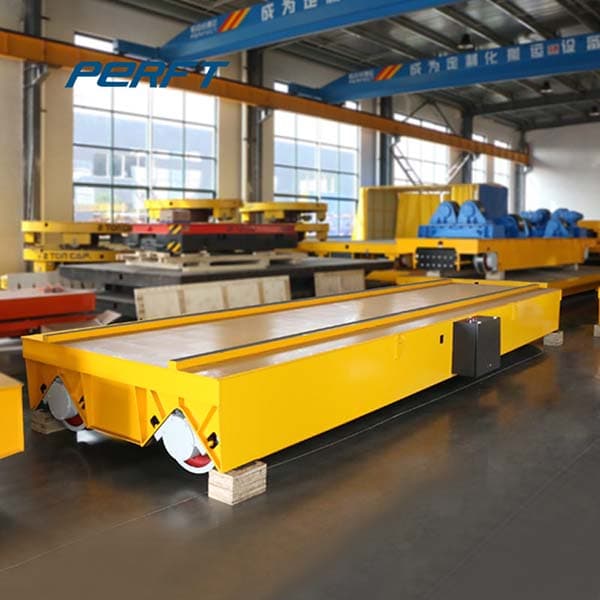
The refrigerant flows through a closed system of refrigeration lines between the outdoor and the indoor unit. Although outdoor temperatures are cold, enough heat energy is absorbed from the outside air by the condenser coil and release inside by the evaporator coil. Air from the inside of your house is pulled into ductwork by a motorized fan.
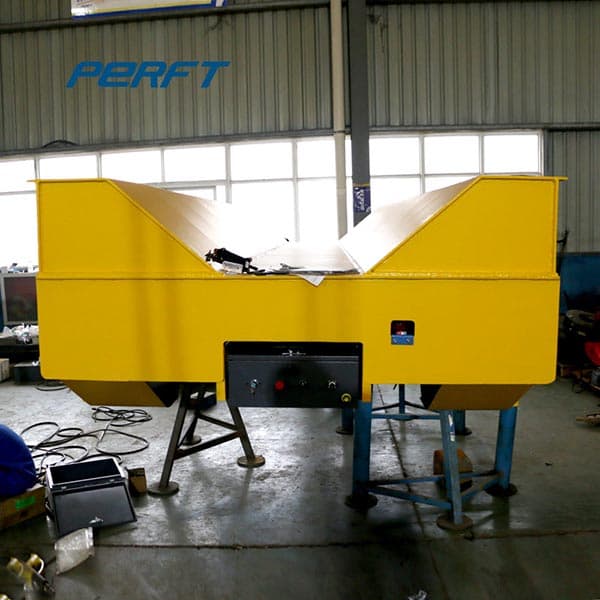
CUSTOM CENTRAL STATION AIR-HANDLING UNITS 237313 - 1 YORK CUSTOM AIR HANDLING UNITS - GUIDE SPECIFICATION PART 1 - GENERAL 1.01 SECTION INCLUDES A. Indoor and outdoor air handling units and components as scheduled and shown on drawings. B. Motor disconnects, motor starters, and variable frequency drives. 1.02 RELATED SECTIONS A.
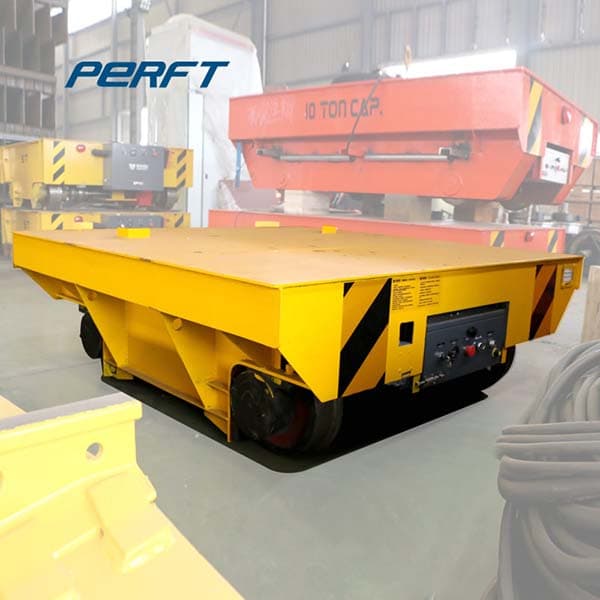

(fan coil) unit connected to an external condensing unit. Both the indoor and outdoor unit are connected through copper tubing and electrical cabling. The indoor part (evaporator) pulls heat out from the surrounding air while the outdoor condensing unit transfers the heat into the environment. Split Air-conditioning System
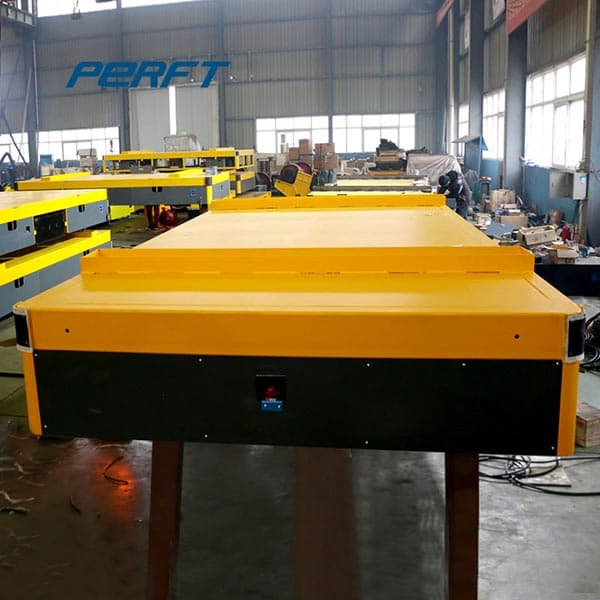
Demands for improved indoor air quality, low sound, and high operating efficiency require a better product for today’s air handler market. The Skyline® air handling unit is designed to meet or exceed these demands. In addition to our patented construction, it features a durable, weathertight cabinet that promotes long life of your air handler.
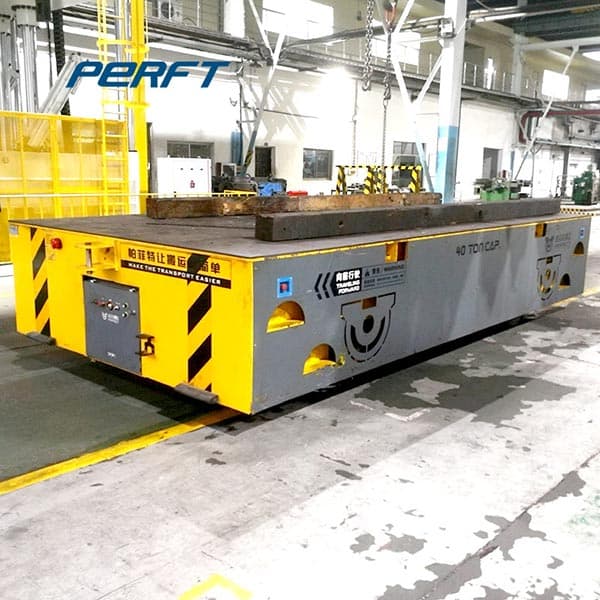
Fan Coil Units. Minimum noise. Minimum space. Maximum options. No other selection of fan coils is more complete than Carrier’s AirStream™ product line. With everything from belt-drive to ducted units and unique stackable configurations – all in multiple models and capacities – AirStream units offer exceptional flexibility and availability.
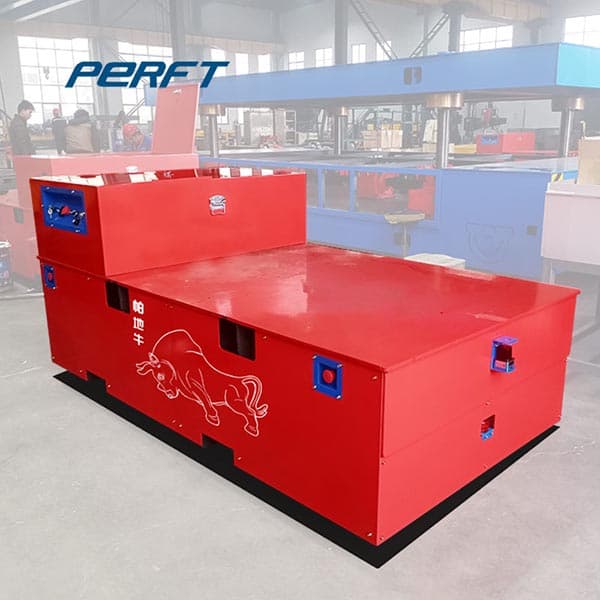
39MN - Indoor. 39MW - Outdoor. Carrier’s Aero 39M air handlers provide advanced technology and custom features in a streamlined, easy to install package. Units can be equipped with HEPA filters, AgION™ antimicrobial coating and other options. All marine units include a stainless steel marine double drain pan.

The cooling coils are fed from a source of cooling, such as chillers, a cooling tower, or DX unit. The refrigerant enters the cooling coils, absorbs heat from the air passing the coils, and returns to its source to desorb the heat that it took in. The heating coils are fed from a heat source such as a boiler or electricity. The heat from these

COMPACT, HIGH PERFORMANCE INDOOR/OUTDOOR 70/100 VOLT LOUDSPEAKER The Klipsch Compact Performance CP-6T cabinet speaker, with its weather-resistant design combined with its small stature, is the perfect 70/100 Volt distributed audio solution for retail, hospitality, restaurants and bars, whether operation is indoors or out.
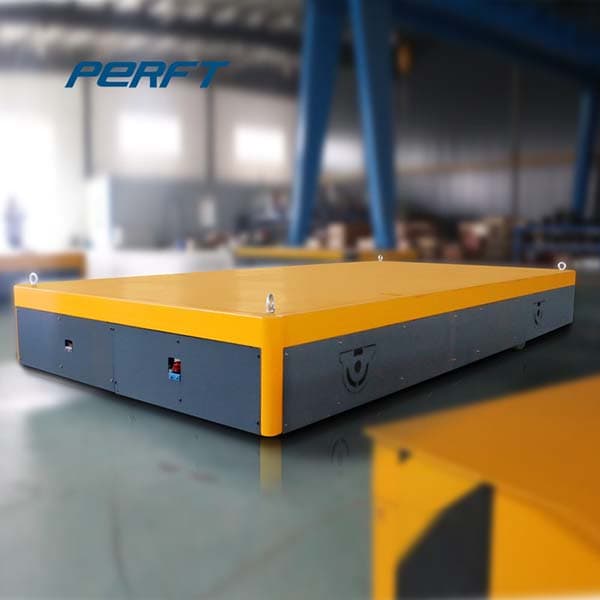
Electric fan coil 20 20 Electric heat/AC 15 15 Evap. condensor (swamp coole 20 20 Gas furnace, split DX AC 20 20 Heat pump w/suppl. electric 15 15 Heat pump, water source 20 20 Hydronic fan coil 30 30 Hydronic heat/electric AC 20 20 Range 15 20 Rangehood 10 15 Refrigerator 10 15 Smoke/Fire Detectors 5 10 Unit Air Conditioning 10 15 Unit

Coil truck 8T Customized coil carrier 8T,customized roller truck for paper industry/roller industry etc; The structure of the fork is completely customized according to the appearance of the goods Fully meet the special shape and size of the coil handling 1.Loading capacity:8T; 2.
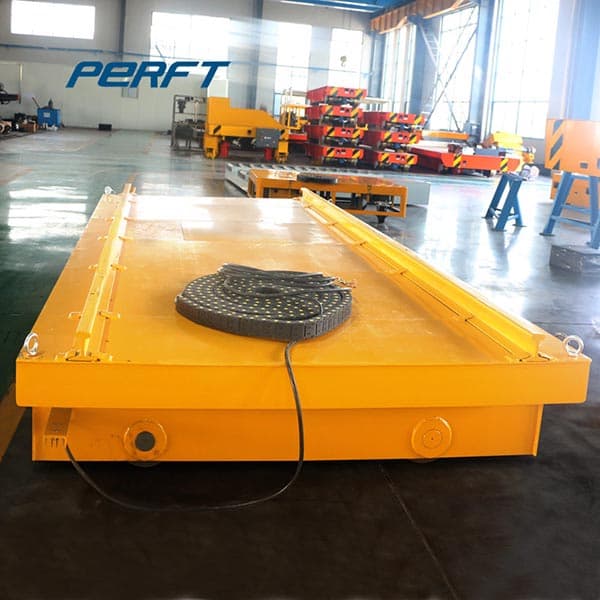
dehumidification, 3-Dual wheel, 4-Wrap around coil) METHODOLOGY An air conditioning system’s latent load is based on outdoor air (infiltration and ventilation air) and humidity gains from occupants and other internal processes. The other factor in latent load calculations is the indoor relative humidity set-point.
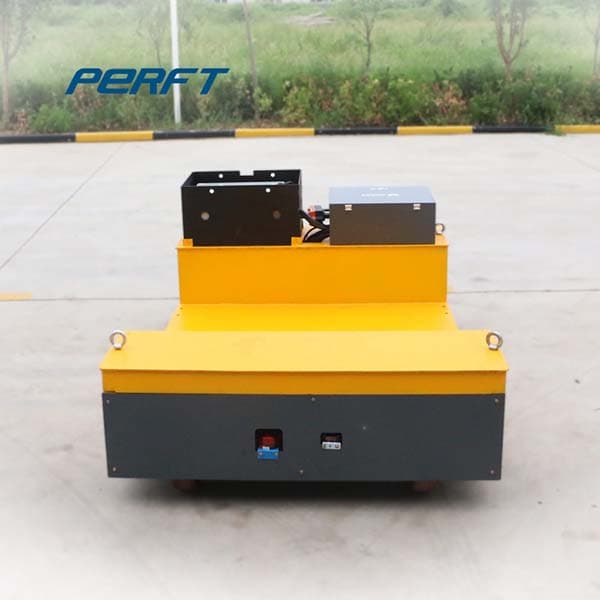
ments in the breathing zone to the outdoor air intake rate at the air-handling system, a quantity that is more readily mea-sured using standard airflow measurement techniques as spec-ified in ASHRAE Standard 111. In this revision, room mixing is addressed explicitly in the calculation of ventilation rates,